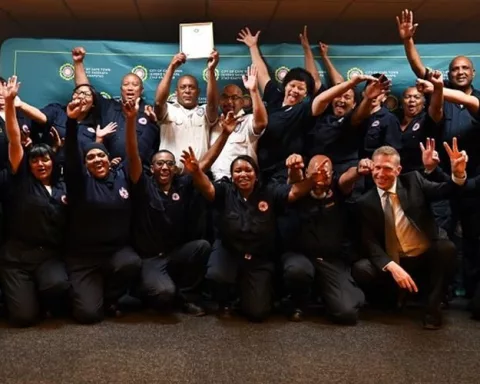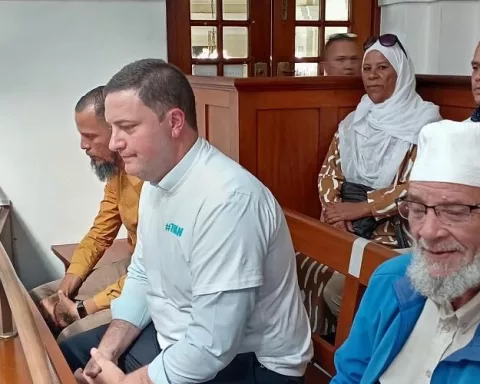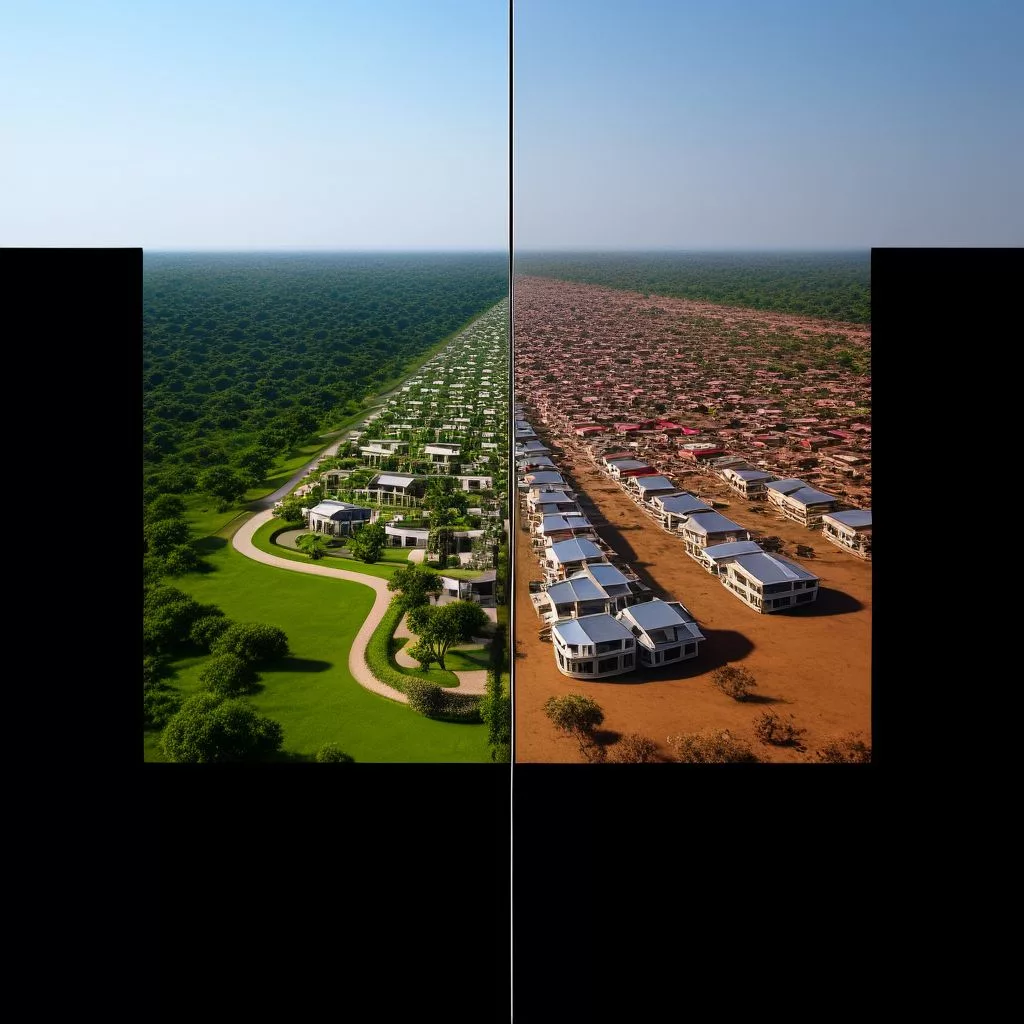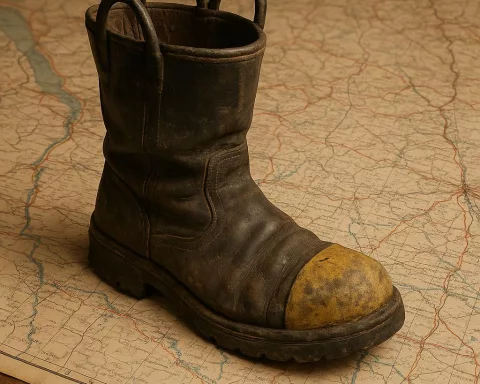Manenberg, a neighborhood in Cape Town, is caught in a tough battle against gang violence, poverty, and disrupted services. The rise in crime has made everyday life dangerous, even halting waste collection and putting workers at risk. This struggle is rooted in a long history of unfairness from the apartheid era, leaving the community grappling with deep challenges. Yet, the spirit of Manenberg shines through; residents are working together, creating art, and supporting each other to find hope and better futures amidst the chaos. Their stories are a powerful reminder of resilience, as they strive to break the cycle of violence and build a brighter tomorrow.
What are the main challenges faced by the Manenberg community?
Manenberg faces significant challenges including escalating gang violence, socio-economic disparities, and the disruption of essential services like waste collection. These issues stem from historical injustices and contribute to a cycle of poverty and crime, highlighting the urgent need for integrated community solutions and resilience-building.
Rising Tide of Violence
In Cape Town’s Manenberg, a community grapples with the harrowing reality of escalating gang violence. This surge in conflict has led the city to halt waste collection services, starkly illustrating the impact of urban strife on everyday life. Waste collection workers face significant danger as they traverse these perilous streets, navigating a battleground of warring gangs. The acting Mayoral Committee Member for Urban Waste Management, Councillor Siseko Mbandezi, underscores the city’s dedication to finding safer ways to maintain essential services, despite the turmoil.
Manenberg’s struggles are not isolated; they mirror broader societal issues where socio-economic challenges create a breeding ground for criminal activities. The suspension of waste services underscores the vulnerability of communities ensnared in violence, highlighting the delicate balance between public duties and personal safety. This situation is emblematic of the pressures faced by urban areas worldwide, where economic disparity often fuels illicit enterprises.
Vanessa Adriaanse, Deputy Chairperson of the Manenberg Community Police Forum, offers a poignant perspective on the crisis. She articulates the grave decisions confronting the city, emphasizing the unprecedented risk to workers. Her insights reveal the human dimension often overshadowed by statistics, painting a vivid picture of individuals caught between livelihood and life itself. The narratives of those living in Manenberg illustrate a community trapped in a cycle of violence yet striving for survival.
Historical Roots and Ongoing Challenges
The roots of Manenberg’s current troubles trace back to apartheid-era policies, which left a legacy of systemic disenfranchisement. Architectural designs and social structures from that period reflect a history of segregation, fragmenting communities and incubating poverty and crime. As a microcosm of post-apartheid urban challenges in South Africa, Manenberg exemplifies the ongoing struggle against historical injustices.
Recent crime statistics portray a grim reality, with the Western Cape recording a surge in gang-related murders by the end of 2024. Manenberg, alongside Bishop Lavis and Mitchell’s Plain, bears the grim label of a ‘murder mecca,’ a term that underscores the severity of the violence. These statistics serve as a stark reminder of the persistent and pervasive nature of gang activity in the region, painting a sobering picture of the challenges ahead.
Despite these bleak circumstances, Manenberg’s spirit of resilience shines through. Its residents and leaders refuse to let violence dictate their narrative. Stories of community leaders, activists, and ordinary citizens abound as they strive to create pathways for change. Initiatives focused on youth empowerment, education, and social cohesion aim to break the cycle of violence and present young people with alternative futures.
Art and Adversity: A Creative Response
Manenberg’s story is enriched by the interplay between art and adversity. Historically, art serves as both a mirror and a response to societal challenges, and in Manenberg, it reflects the community’s struggles and aspirations. Local artists and musicians draw from their experiences to produce works that capture the essence of Manenberg’s reality. This artistic expression becomes a formidable tool for healing and advocacy, amplifying voices that might otherwise remain unheard.
The city’s decision to pause waste collection underscores the crucial role of urban infrastructure in shaping community dynamics. Waste management, often overlooked, is vital for public health and environmental stability. Disruption of this service not only endangers sanitation but also symbolizes a breakdown in the social contract, where violence impedes the state’s ability to provide fundamental services.
Addressing Manenberg’s challenges requires understanding their multifaceted nature. Effective crime prevention calls for an integrated approach that tackles both immediate security concerns and long-term socio-economic issues. Collaborative efforts between government entities, law enforcement, and community organizations are vital, with stakeholder engagement presenting a path to innovative solutions that balance service delivery with safety.
Global Reflections and Community Resilience
Manenberg’s plight resonates globally, reflecting universal struggles against urban violence and inequality. The situation prompts reflection on how societies can build environments where all residents live and work without fear. As Cape Town officials deliberate on new strategies, their efforts emphasize the importance of resilient urban planning and community empowerment in crafting sustainable futures.
In this narrative, the voices of Manenberg’s residents echo with determination and hope. Their stories testify to the enduring spirit of a community that refuses to be defined by its challenges. As they navigate their complex environment, their resilience offers valuable lessons in perseverance and the power of collective action. Through these trials, Manenberg stands as a testament to the strength and unity of a community that, despite adversity, continues to fight for a brighter future.
Frequently Asked Questions about Manenberg
What are the main challenges faced by the Manenberg community?
Manenberg faces significant challenges, including escalating gang violence, socio-economic disparities, and disruptions of essential services like waste collection. The historical injustices from the apartheid era have contributed to a cycle of poverty and crime, emphasizing the urgent need for integrated community solutions and resilience-building.
How has gang violence affected the daily lives of Manenberg residents?
Gang violence has created a precarious environment for residents, leading to increased danger in everyday activities. The ongoing violence has resulted in the suspension of waste collection services, further endangering public health and safety and leaving workers at risk as they navigate hazardous streets.
What historical factors contribute to the current challenges in Manenberg?
The challenges faced by Manenberg are rooted in apartheid-era policies that left a legacy of systemic disenfranchisement. The architectural designs and social structures from that period have fragmented communities, fostering ongoing poverty and crime, and making Manenberg a microcosm of post-apartheid urban issues in South Africa.
What initiatives are being taken to improve conditions in Manenberg?
Residents and community leaders in Manenberg are actively working to create change through initiatives focused on youth empowerment, education, and social cohesion. These efforts aim to break the cycle of violence and offer young people alternative futures, showcasing the community’s spirit of resilience and hope.
How does art play a role in the Manenberg community?
Art serves as both a reflection of societal challenges and a response to them in Manenberg. Local artists and musicians draw from their experiences to create works that capture the community’s struggles and aspirations. This artistic expression becomes a powerful tool for healing and advocacy, amplifying voices that might otherwise remain unheard.
What can be learned from Manenberg’s experiences in terms of community resilience?
Manenberg’s story highlights the importance of collective action and resilience in the face of adversity. The community’s determination to navigate their complex environment offers valuable lessons in perseverance and the potential for positive change. Their experiences reflect universal struggles against urban violence and inequality, reminding us of the need for sustainable urban planning and community empowerment worldwide.












